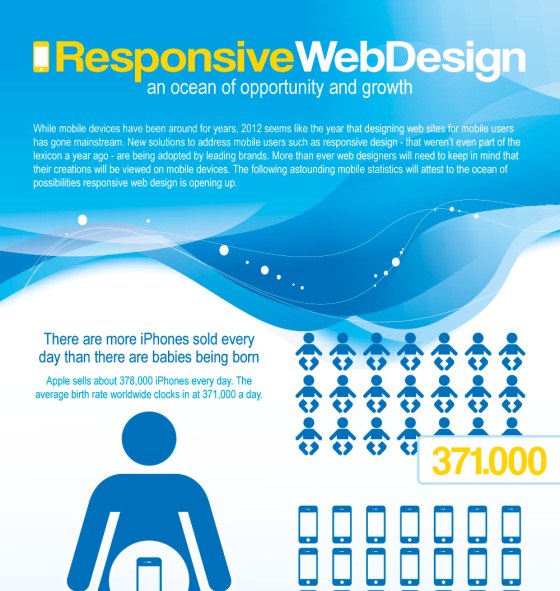Fascinated In Learning Just How Website Layout Has Advanced For Many Years? Discover The Trip From Standard, Simple Styles To User-Centric User Interfaces That Prioritize The Site Visitor'S Experience
Fascinated In Learning Just How Website Layout Has Advanced For Many Years? Discover The Trip From Standard, Simple Styles To User-Centric User Interfaces That Prioritize The Site Visitor'S Experience
Blog Article
Team Author-Lamb Bowles
In the past, internet sites were simple and focused on information. Navigating was straight, and style was for desktop computers. Currently, individual experience is key. Data guides designs for simple navigation. Receptive layouts suit different tools. Today, dark setting decreases pressure, and minimalist menus boost navigation. Interactive features engage users, and vibrant visuals stand out. AI combination improves interaction. See just how https://www.itproportal.com/features/what-is-seo-marketing/ has actually developed to improve your on-line journey.
Early Days of Web Design
In the early days of website design, simplicity reigned supreme. Internet sites were standard, with restricted shades, typefaces, and designs. The focus was on supplying information as opposed to fancy visuals. Customers accessed the internet through sluggish dial-up connections, so speed and capability were vital.
Navigation food selections were straightforward, commonly located at the top or side of the page. Websites were made for computer, as mobile browsing wasn't yet widespread. Web content was king, and designers focused on easy readability over complicated style elements.
HTML was the key coding language utilized, and designers needed to work within its restraints. Click At this website and interactive features were very little compared to today's standards. Websites were fixed, with little vibrant material or personalized customer experiences.
Surge of User-Focused Design
With the evolution of site layout, a change towards user-focused layout principles has become increasingly famous. Today, developing internet sites that focus on individual experience is vital for engaging visitors and accomplishing company objectives. User-focused layout involves recognizing the demands, choices, and habits of your target audience to tailor the web site's format, web content, and includes as necessary.
Designers currently perform extensive research, such as user studies and usability testing, to collect insights and responses straight from customers. This data-driven technique assists in creating instinctive navigating, clear calls-to-action, and aesthetically enticing user interfaces that resonate with visitors. By placing the user at the center of the design process, web sites can supply a more individualized and delightful experience.
Receptive style has actually additionally become an essential facet of user-focused style, making certain that sites are optimized for various tools and screen sizes. This adaptability enhances access and functionality, dealing with the varied means individuals interact with web sites today. Basically, the surge of user-focused style symbolizes a shift towards developing electronic experiences that prioritize the demands and expectations of completion customer.
Modern Trends in Web Design
Explore the most recent patterns forming web design today. One noticeable trend is dark setting design, offering a smooth and modern-day appearance while lowering eye stress in low-light atmospheres. Another key fad is minimal navigating, streamlining food selections and enhancing user experience by focusing on essential elements. Integrating micro-interactions, such as animated switches or scrolling effects, can produce a much more appealing and interactive web site. Responsive layout continues to be vital, ensuring seamless user experiences across numerous devices. Additionally, making use of vibrant typography and asymmetrical formats can add visual rate of interest and accentuate particular web content.
Integrating AI technology, like chatbots for client support or individualized recommendations, boosts individual involvement and simplifies processes. Accessibility has also end up being a significant fad, with developers prioritizing comprehensive style practices to satisfy varied user requirements. Embracing sustainability by maximizing internet site performance for speed and efficiency is another emerging trend in website design. Collaborating with individual responses and information analytics to repeat and improve style continuously is vital for staying relevant in the ever-evolving electronic landscape. By welcoming these modern-day patterns, you can create a visually enticing, user-friendly website that resonates with your audience.
Final thought
As you review the development of site layout from the early days to currently, you can see exactly how user-focused style has ended up being the driving pressure behind contemporary trends.
Embrace the trip of change and adaptation in web design, constantly maintaining the customer experience at the forefront.
Remain current with the most up to date patterns and modern technologies, and never ever quit advancing your approach to produce aesthetically spectacular and easy to use web sites.
Evolve, adjust, and create - the future of web design is in your hands.
